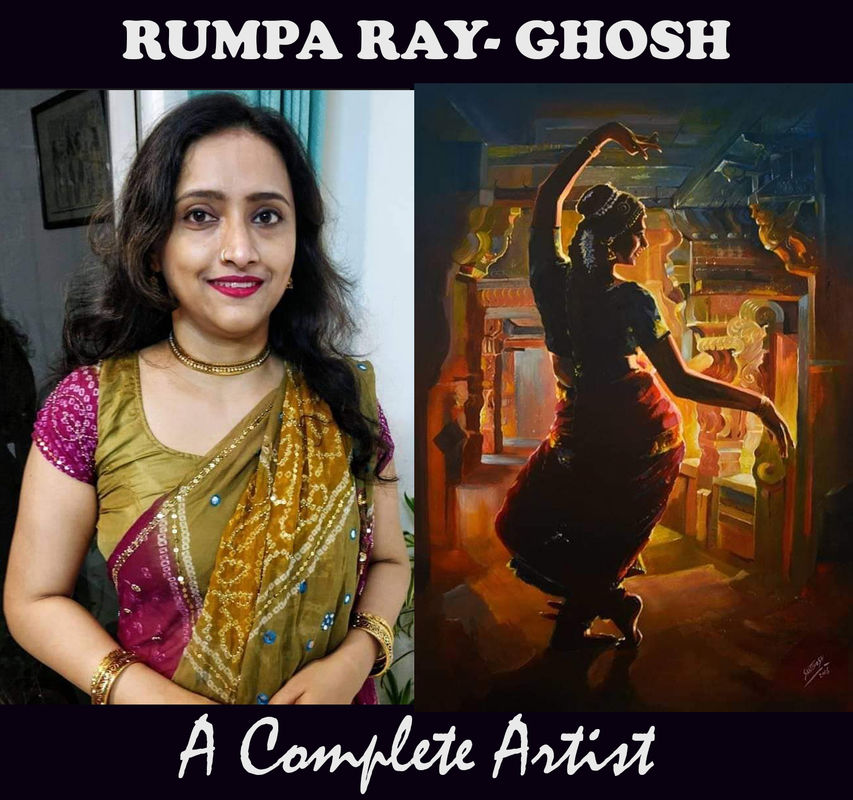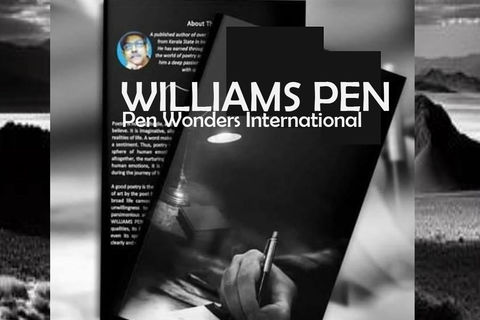WILLIAMSJI MAVELI WRITES POETIC ANALYSIS:

POETIC ANALYSIS
By Williamsji Maveli
POET:
Rumpa Ghosh
POEM:
IN THE HOPE
“In the hope to strive for
The truth that was never born.
In the hope to walk
On a road that was never chosen.
In the hope to chase
A dream that never took shape.
In the hope to be wrapped in the
Blanket of mirth that was never felt.
In the hope to linger in a castle
That was never built.
In the hope to be accompanied
By a hope that never existed “.
Author : Rumpa Ray-Ghosh ©®
India
The poem "In the hope " by Rumpa Ray-Ghosh explores the profound sense of longing and the human condition's inherent yearning for ideals that seem unattainable. Each stanza begins with the phrase "In the hope," underscoring the perpetual pursuit of something beyond reach. This repetition emphasizes the futility and paradox of striving for dreams and truths that remain elusive.
The poem consists of six couplets, each presenting a hope that contrasts with a reality that is unattainable. The structure is consistent, with the first line expressing a desire and the second line revealing its impossibility. This parallelism creates a rhythm that mirrors the cyclical nature of hope and disappointment. The first couplet introduces the idea of an unachievable truth. The imagery of a truth "never born" suggests something fundamental and pure that never had the chance to exist, evoking a sense of existential longing.
This metaphor speaks to missed opportunities or paths in life that remain unexplored. It hints at the potential for different outcomes had different choices been made, reinforcing the theme of unrealized potential. Dreams are often symbolic of our deepest desires and ambitions. A dream that never materializes reflects the inner frustrations of goals that remain unfulfilled, highlighting the fragile nature of aspirations.
The blanket symbolizes comfort and warmth, while mirth represents joy and contentment. The inability to experience this suggests a life deprived of simple pleasures and emotional fulfillment. Castles are grand, strong, and majestic, often representing ultimate achievement or security. The image of a never-built castle signifies grand plans or ambitions that never came to fruition.
The concluding couplet is the most poignant, suggesting a meta-hope or a hope for hope itself. It encapsulates the entire poem's sentiment of desiring something fundamentally elusive, thus creating a sense of existential despair. The tone of the poem is melancholic and reflective. Each couplet reveals a yearning that ends in disappointment, creating a mood of introspection and sorrow. The repetition of "In the hope" lends a rhythmic lament, reinforcing the poem's contemplative nature.
Ray-Ghosh employs simple yet evocative language. The diction is straightforward, which enhances the universality of the poem's themes. Words like "strive," "walk," "chase," "wrapped," "linger," and "accompanied" are active verbs, suggesting movement and pursuit, which contrasts starkly with the static and unattainable outcomes described in the second lines of each couplet.
The poem delves into existential themes, questioning the nature of hope and human aspirations. It reflects on the inherent tension between desire and reality, suggesting that some aspects of our existence are destined to remain beyond our grasp. This resonates with existentialist thought, which often explores the idea of finding meaning in a seemingly indifferent universe.-Author Williamsji Maveli


